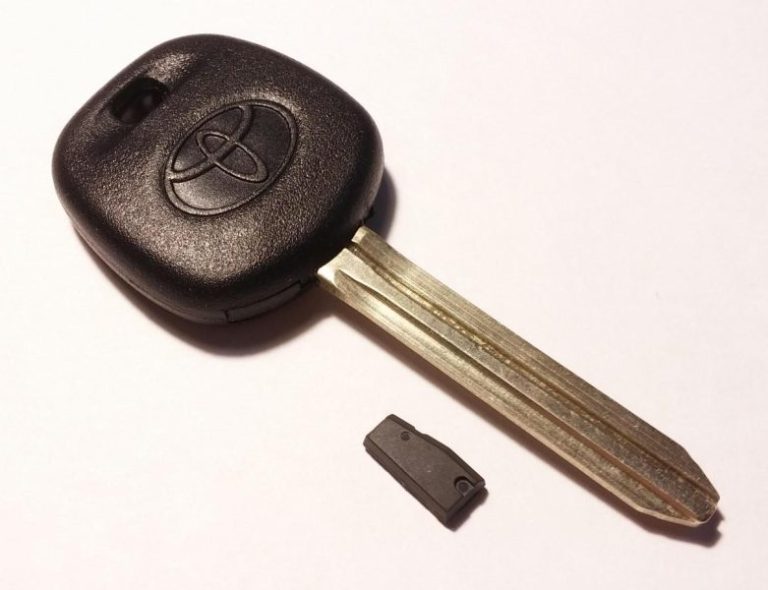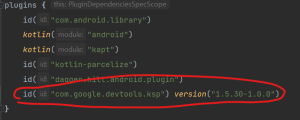Digital Signal Transponders (DSTs) have been around for quite some time now and they are one of the most commonly used devices in the world of communication. They are used to transmit and receive digital signals over a wide range of frequencies, making them an essential tool in modern communication systems. One of the most interesting DSTs is the DST-40, which has gained popularity for its advanced features and capabilities.
The DST-40 is a high-performance digital signal transponder that is designed for a wide range of applications. It is capable of transmitting and receiving digital signals over a frequency range of 10 MHz to 40 GHz, which makes it ideal for use in a variety of communication systems including wireless communication, satellite communication, and radar systems.
One of the most impressive features of the DST-40 is its high-speed data transfer rate. It is capable of transmitting data at a rate of up to 20 Gbps, which is much faster than many other digital signal transponders on the market. This makes it an ideal tool for high-speed data transfer applications, such as data centers and high-speed communication links.
Another key feature of the DST-40 is its advanced error correction capabilities. The device is designed to correct errors in the digital signal, which is essential for maintaining data integrity in high-speed communication systems. It uses advanced error correction algorithms that are designed to correct errors in real-time, ensuring that the data being transmitted is accurate and reliable.
The DST-40 also features a wide range of modulation schemes, including BPSK, QPSK, 8PSK, and 16QAM. This allows it to be used in a variety of different communication systems, including both digital and analog systems. It also supports a wide range of data rates, which makes it ideal for use in a variety of different applications.
In addition to its advanced features and capabilities, the DST-40 is also highly reliable and durable. It is designed to withstand harsh environmental conditions, including extreme temperatures, humidity, and vibration. This makes it an ideal tool for use in a variety of different settings, including military and aerospace applications.
Overall, the DST-40 is an impressive digital signal transponder that offers a wide range of advanced features and capabilities. It is highly reliable, durable, and capable of transmitting and receiving digital signals over a wide range of frequencies. It is an essential tool for anyone working in the field of communication, and its advanced features make it an excellent choice for a wide range of different applications.
More information about the DST-40 digital signal transponder.
A digital signal transponder is a device that is used to transmit and receive digital signals over a wide range of frequencies. Digital signals are binary signals that represent information in the form of 0s and 1s, and they are widely used in modern communication systems. The DST-40 is a high-performance digital signal transponder that is designed to operate over a wide frequency range, from 10 MHz to 40 GHz. This makes it suitable for use in a variety of communication systems, including wireless communication, satellite communication, and radar systems.
One of the key features of the DST-40 is its high-speed data transfer rate. The device is capable of transmitting data at a rate of up to 20 Gbps, which is much faster than many other digital signal transponders on the market. This makes it ideal for use in high-speed data transfer applications, such as data centers and high-speed communication links.
Another important feature of the DST-40 is its advanced error correction capabilities. Error correction is a crucial aspect of digital signal transmission because errors in the signal can lead to data corruption or loss. The DST-40 uses advanced error correction algorithms that are designed to correct errors in real-time, ensuring that the data being transmitted is accurate and reliable.
The DST-40 supports a wide range of modulation schemes, including BPSK, QPSK, 8PSK, and 16QAM. Modulation is the process of modifying a carrier signal to encode information, and different modulation schemes are used to achieve different data rates and spectral efficiencies. By supporting a wide range of modulation schemes, the DST-40 can be used in a variety of different communication systems, including both digital and analog systems.
The DST-40 is also highly reliable and durable. It is designed to withstand harsh environmental conditions, including extreme temperatures, humidity, and vibration. This makes it suitable for use in a variety of different settings, including military and aerospace applications.
In summary, the DST-40 is a high-performance digital signal transponder that offers a wide range of advanced features and capabilities. Its high-speed data transfer rate, advanced error correction capabilities, and support for a wide range of modulation schemes make it an excellent choice for a variety of different communication systems. Its reliability and durability also make it an ideal tool for use in harsh environments.
Advantages:
- High-speed data transfer rate: The DST-40 is capable of transmitting data at a rate of up to 20 Gbps, making it ideal for use in high-speed communication systems.
- Advanced error correction capabilities: The DST-40 uses advanced error correction algorithms that are designed to correct errors in real-time, ensuring that the data being transmitted is accurate and reliable.
- Wide frequency range: The DST-40 is designed to operate over a wide frequency range, from 10 MHz to 40 GHz, making it suitable for use in a variety of communication systems.
- Wide range of modulation schemes: The DST-40 supports a wide range of modulation schemes, including BPSK, QPSK, 8PSK, and 16QAM, making it suitable for use in a variety of communication systems.
- Reliable and durable: The DST-40 is designed to withstand harsh environmental conditions, making it suitable for use in military and aerospace applications.
Disadvantages:
- High cost: The DST-40 is a high-performance device, and as such, it may be more expensive than other digital signal transponders on the market.
- Complex design: The DST-40 is a complex device, and as such, it may require specialized knowledge to install and operate.
- High power consumption: The DST-40 may consume more power than other digital signal transponders on the market, which may be a concern in some applications.
- Limited range: While the DST-40 is designed to operate over a wide frequency range, its range may be limited in certain environments, such as in heavily congested or obstructed areas.
- Limited compatibility: The DST-40 may not be compatible with all communication systems, which may limit its usefulness in some applications.
Overall, the DST-40 offers a wide range of advanced features and capabilities that make it an excellent choice for many communication systems. However, it may be more expensive and complex than other digital signal transponders on the market, and its range and compatibility may be limited in some applications.









